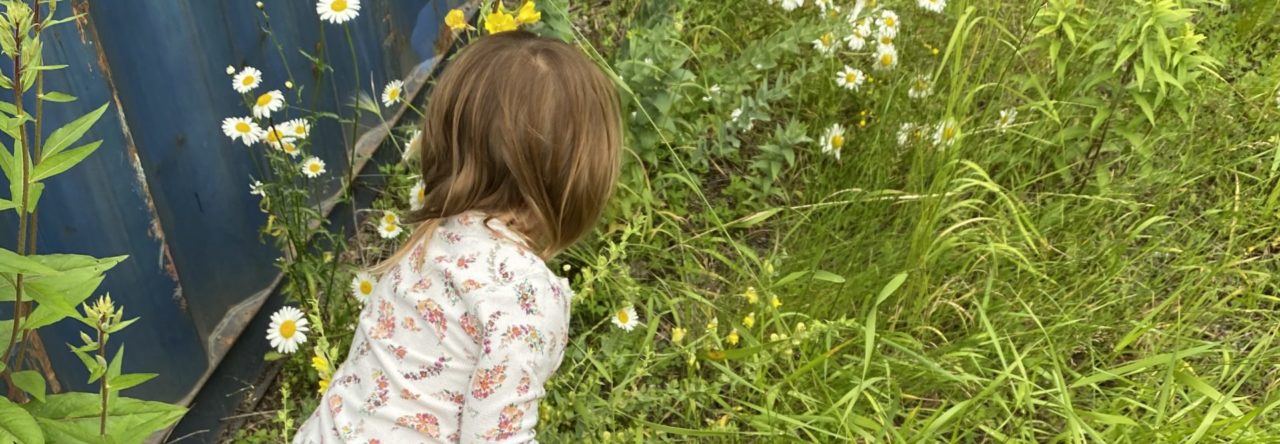How can teachers find, build & share resources and content to support learners in K-12 online & open digital contexts? What did I already know, what do I know now based on the course readings and activities, what do I hope to learn?
What I Know
Before this topic I was aware of Open Educational Resources but was only slightly aware of the detail of what they entailed and the guidelines behind what could be considered an open educational resource and what doesn’t.
What I learned
Being able to find, share, and create resources and learning content to support K-12 online and digital contacts is essential to providing students with an enriched education that provides them with accurate material, new perspectives, new experiences, and opportunities. There are many open resources available for educators and students to explore new material. Many can be found online through programs that allow educators to share and receive free advice and resources in order to freshen up learning plans or create more personalized, open, or exploratory learning opportunities. These open educational resources (OER) can be determined by the license that their are created and distributed under. This would included an open license, a Creative Commons license, or anything within the public domain. This licenses serve as a copyright license which allows educators to engage in any of the 5Rs:
Retain – The right to make own, and control copies of the content.
Reuse – the right to use the content in a wide range of ways.
Revise – the right to adapt, adjust, modify, or alter the content itself.
Remix – the right to combine the original or revised content with other material to create something new.
Redistribute – the right to share copies of the original content, your revisions, or your remixes with others (Wiley and Hilton, 2018, p.134-35).
The use of these open educational resources (OER) are used to engage students and educators in OER enabled pedagogy which is “defined as the set of teaching and learning practices that are only possible or practical in the context of the 5R permissions that are characteristics of OER (Wiley and Hilton, 2018, p.133)”.
OER are also important to implement and make use of within the K-12 eduction system. Most often many resources such as textbooks are used; however they are bought in abundance and can soon become out of date as school don’t necessarily have the funds to continuously repurchase and update their physical resources as the resources consistently update and come out with new editions (Kimmons, 2015). By educating teachers in how to find accurate and openly licensed materials, they can be better equipped to provide and share new and accurate resources for their students. Some of the resources that are found may even provide real-life experience or connections that can help make the learning journey more relatable and meaningful to students. OER is filled with large amounts of potential to support the benefits of learning in K-12 online and open learning environments.
What I want to Know
I am looking forward to learning more about finding OER and how to best distributed and use them within a classroom especially at the primary level.
References:
Kimmons, R. (2015). OER quality and adaptation in K-12: Comparing teacher evaluations of copyright-restricted, open, and open/adapted textbooks. The International Review of Research in Open and Distance Learning. 16(5), 39–57. https://doi.org/10.19173/irrodl.v16i5.2341
Shellynvc. (August 22, 2013). OER (Open Educational Resources) Introduction II. [Youtube] Retrieved from: https://www.youtube.com/watch?v=Yfl1B6Qmp5g
Wiley, D. & Hilton, J. (2018). Defining OER-enabled Pedagogy. International Review of Research in Open and Distance Learning, 19( 4). http://dx.doi.org/10.19173/irrodl.v19

Leave a Reply
You must be logged in to post a comment.